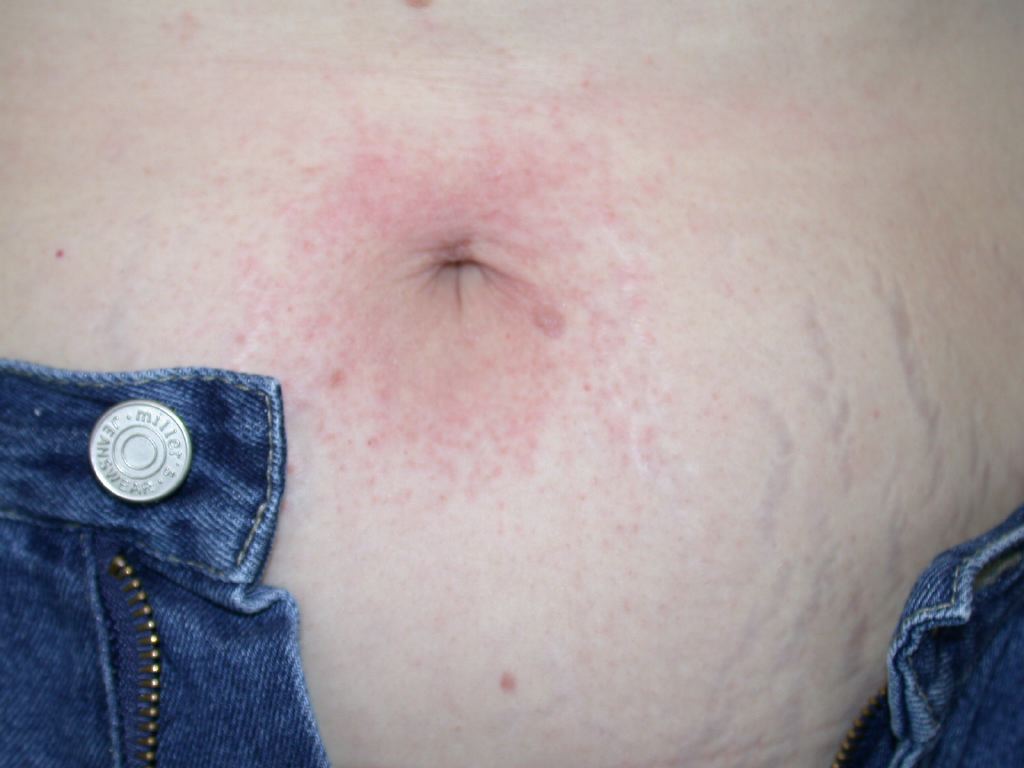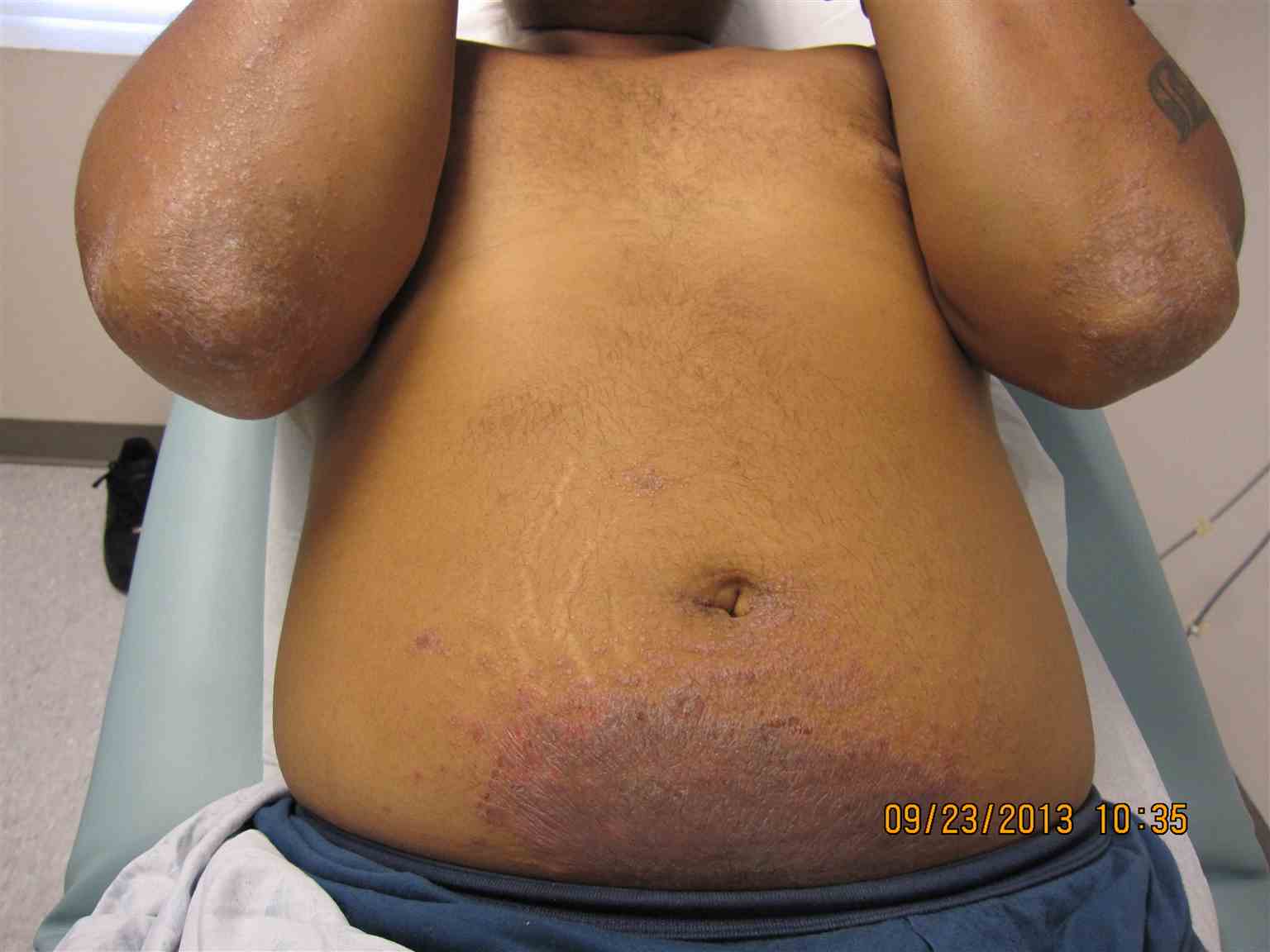[1]
Warshaw EM,Belsito DV,Taylor JS,Sasseville D,DeKoven JG,Zirwas MJ,Fransway AF,Mathias CG,Zug KA,DeLeo VA,Fowler JF Jr,Marks JG,Pratt MD,Storrs FJ,Maibach HI, North American Contact Dermatitis Group patch test results: 2009 to 2010. Dermatitis : contact, atopic, occupational, drug. 2013 Mar-Apr;
[PubMed PMID: 23474444]
[2]
Guerra L,Rogkakou A,Massacane P,Gamalero C,Compalati E,Zanella C,Scordamaglia A,Canonica WG,Passalacqua G, Role of contact sensitization in chronic urticaria. Journal of the American Academy of Dermatology. 2007 Jan;
[PubMed PMID: 17190624]
[3]
Schalock PC,Thyssen JP, Patch testers' opinions regarding diagnostic criteria for metal hypersensitivity reactions to metallic implants. Dermatitis : contact, atopic, occupational, drug. 2013 Jul-Aug;
[PubMed PMID: 23857019]
Level 3 (low-level) evidence
[4]
Kageyama Y,Shimokawa Y,Kawauchi K,Morimoto M,Aida K,Akiyama T,Nakamura T, Higher Prevalence of Nickel and Palladium Hypersensitivity in Patients with Ulcerative Colitis. International archives of allergy and immunology. 2020 Apr 21;
[PubMed PMID: 32316004]
[5]
Warshaw EM,Zhang AJ,DeKoven JG,Maibach HI,Belsito DV,Sasseville D,Fowler JF Jr,Fransway AF,Mathias T,Pratt MD,Marks JG Jr,Zug KA,Zirwas MJ,Taylor JS,DeLeo VA, Epidemiology of nickel sensitivity: Retrospective cross-sectional analysis of North American Contact Dermatitis Group data 1994-2014. Journal of the American Academy of Dermatology. 2019 Mar;
[PubMed PMID: 30342160]
Level 2 (mid-level) evidence
[6]
Alinaghi F,Bennike NH,Egeberg A,Thyssen JP,Johansen JD, Prevalence of contact allergy in the general population: A systematic review and meta-analysis. Contact dermatitis. 2019 Feb;
[PubMed PMID: 30370565]
Level 1 (high-level) evidence
[7]
Warshaw EM,Aschenbeck KA,DeKoven JG,Maibach HI,Taylor JS,Sasseville D,Belsito DV,Fowler JF Jr,Zug KA,Zirwas MJ,Fransway AF,DeLeo VA,Marks JG Jr,Pratt MD,Mathias T, Piercing and Metal Sensitivity: Extended Analysis of the North American Contact Dermatitis Group Data, 2007-2014. Dermatitis : contact, atopic, occupational, drug. 2017 Nov/Dec;
[PubMed PMID: 29135681]
[8]
Divkovic M,Pease CK,Gerberick GF,Basketter DA, Hapten-protein binding: from theory to practical application in the in vitro prediction of skin sensitization. Contact dermatitis. 2005 Oct;
[PubMed PMID: 16191014]
[9]
Kaaber K,Menné T,Veien N,Hougaard P, Treatment of nickel dermatitis with Antabuse; a double blind study. Contact dermatitis. 1983 Jul;
[PubMed PMID: 6352169]
Level 1 (high-level) evidence
[10]
Kaaber K,Menne T,Veien NK,Baadsgaard O, Some adverse effects of disulfiram in the treatment of nickel-allergic patients. Dermatosen in Beruf und Umwelt. Occupation and environment. 1987 Nov-Dec;
[PubMed PMID: 3440439]
[11]
Menne T,Kaaber K,Tjell JC, Treatment of nickel dermatitis. (The influence of tetraethylthiuramdisulfide (Antabuse) on nickel metabolism). Annals of clinical and laboratory science. 1980 Mar-Apr;
[PubMed PMID: 7387122]
[12]
Lombardi F,Fiasca F,Minelli M,Maio D,Mattei A,Vergallo I,Cifone MG,Cinque B,Minelli M, The Effects of Low-Nickel Diet Combined with Oral Administration of Selected Probiotics on Patients with Systemic Nickel Allergy Syndrome (SNAS) and Gut Dysbiosis. Nutrients. 2020 Apr 9;
[PubMed PMID: 32283870]


